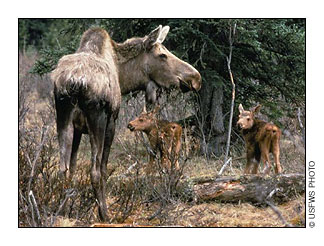 Between January 20 and February 2, 2014, the New Hampshire Department of Fish and Game will be collaring moose in the northern part of the state to study moose decline, a department press release says. The state has contracted with Aero Tech Inc. to collar moose for the study.
Between January 20 and February 2, 2014, the New Hampshire Department of Fish and Game will be collaring moose in the northern part of the state to study moose decline, a department press release says. The state has contracted with Aero Tech Inc. to collar moose for the study.
The moose population in New Hampshire has declined about 50 percent in the past 20 years. While that decline is worrisome, it is no where near the decline seen in Minnesota, where in some parts of the state the population has declined by 50 percent in a single year. New Hampshire still sets an annual moose hunting season.
“While regional moose populations are indeed facing some serious threats, moose are not on the verge of disappearing from the New Hampshire landscape, but they are declining,” says Kristine Rines, NH’s moose team leader, in the release.
The press release says: “The current study will span three years. Over a two-year period, radio collars will be placed on about 80 moose cows and calves. A graduate student from the University of New Hampshire (UNH), which is partnering with Fish and Game in the study, will track the moose.
“The collared animals will be tracked for four years and monitored for as long as the collars keep transmitting…. Researchers will be looking closely at whether the increase in moose mortality and reduction in reproductive success in New Hampshire is because of winter tick, or if additional disease and parasite problems or other causes of mortality are in evidence.”
“If this trend is driven primarily by winter tick, then every year will be different, because weather is such a big player” [in the number of winter ticks and in winter tick moose mortality], Rines says in the release.
Read the NH Department of Fish and Game press release, here.
Read and watch the WBZ-TV story, here.
Photo: Moose and calves, courtesy US Fish and Wildlife Service. This is the photo in the NH press release, although I previously got it from the source.
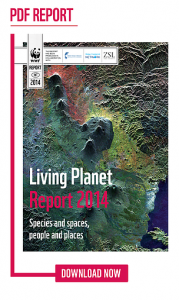 A new report from WWF says, “Population sizes of vertebrate species measured by the Living Planet Index have halved over the last 40 years.” Worldwide, it’s freshwater species that are feeling the the most pain, with populations declining 76 percent. Latin America is the world region with the steepest decline, with populations falling 83 percent.
A new report from WWF says, “Population sizes of vertebrate species measured by the Living Planet Index have halved over the last 40 years.” Worldwide, it’s freshwater species that are feeling the the most pain, with populations declining 76 percent. Latin America is the world region with the steepest decline, with populations falling 83 percent.
 The South Carolina Department of Natural Resources reports that coyote populations in the state have leveled off in the last several years, although when he heard the news, its own board chairman said his farm has “about 10,000,” the
The South Carolina Department of Natural Resources reports that coyote populations in the state have leveled off in the last several years, although when he heard the news, its own board chairman said his farm has “about 10,000,” the 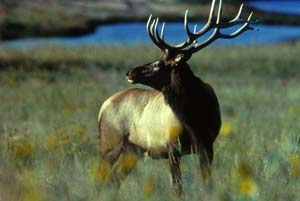 In February, the Nebraska Game and Parks Commission collared 11 elk for a study in north-central Nebraska. There are a few more details in this
In February, the Nebraska Game and Parks Commission collared 11 elk for a study in north-central Nebraska. There are a few more details in this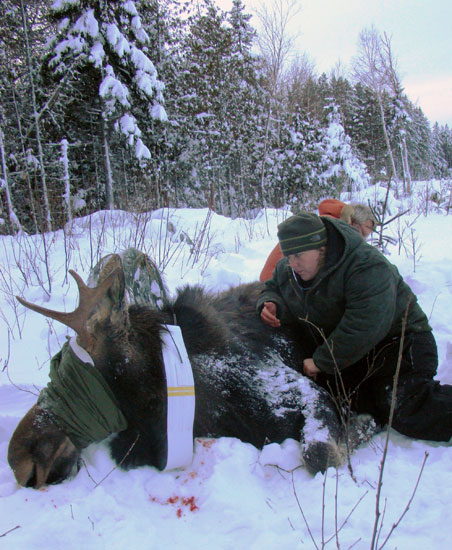 Montana Fish, Wildlife and Parks has begun a 10-year study of moose in the state to try to determine the cause of a 75 percent over the last 20 years, says
Montana Fish, Wildlife and Parks has begun a 10-year study of moose in the state to try to determine the cause of a 75 percent over the last 20 years, says From a
From a 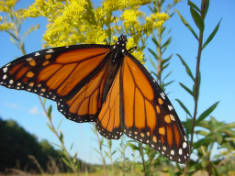 Depending on where you live, you may have noticed it in autumn. There were very few monarch butterflies around. It wasn’t unexpected. Numbers were low last winter in Mexico, and the weather over the summer didn’t favor the hatching of new monarchs.
Depending on where you live, you may have noticed it in autumn. There were very few monarch butterflies around. It wasn’t unexpected. Numbers were low last winter in Mexico, and the weather over the summer didn’t favor the hatching of new monarchs. Between January 20 and February 2, 2014, the New Hampshire Department of Fish and Game will be collaring moose in the northern part of the state to study moose decline,
Between January 20 and February 2, 2014, the New Hampshire Department of Fish and Game will be collaring moose in the northern part of the state to study moose decline,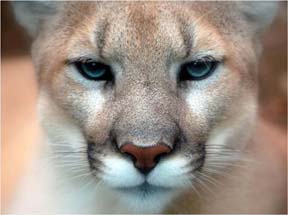 There is a small population of mountain lions in the Santa Monica Mountains, just northeast of Los Angeles. The problem is,
There is a small population of mountain lions in the Santa Monica Mountains, just northeast of Los Angeles. The problem is, 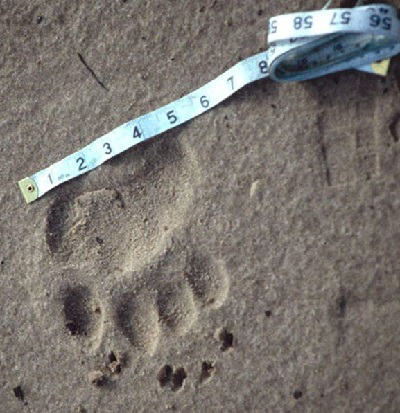 The Florida Fish and Wildlife Conservation Commission is asking citizens to report sightings of black bears or their tracks to a new mapping website. It is particularly interested in reports of females with cubs or of cubs alone,
The Florida Fish and Wildlife Conservation Commission is asking citizens to report sightings of black bears or their tracks to a new mapping website. It is particularly interested in reports of females with cubs or of cubs alone,